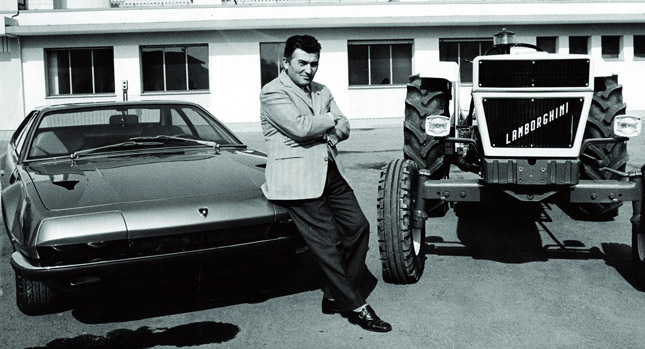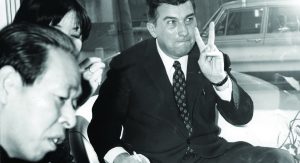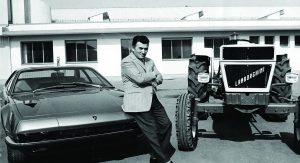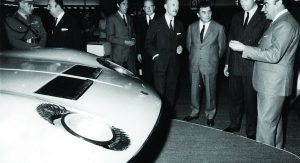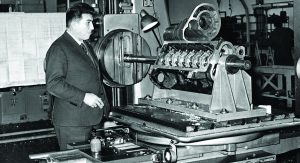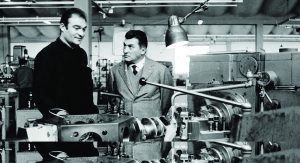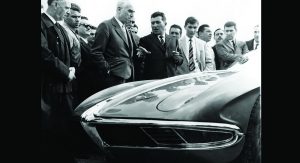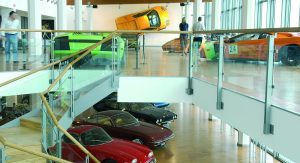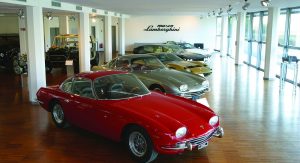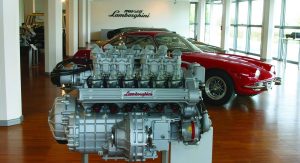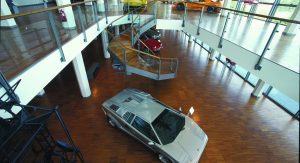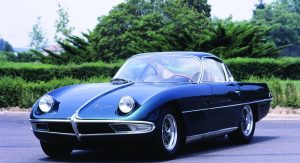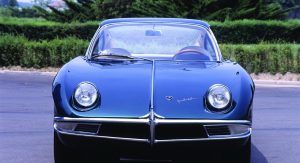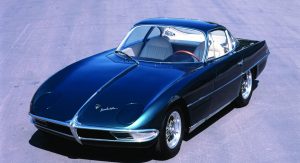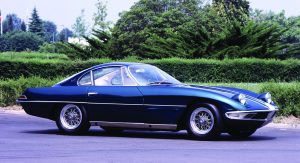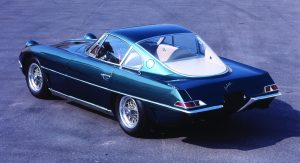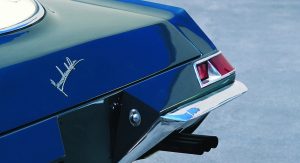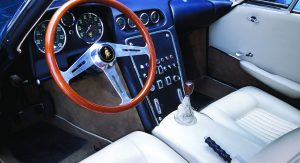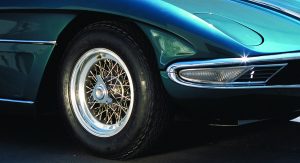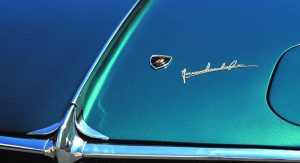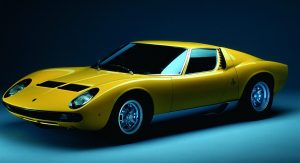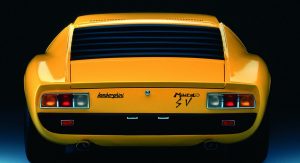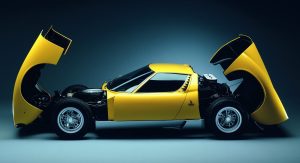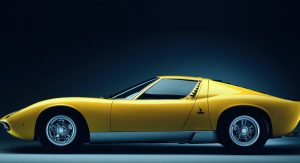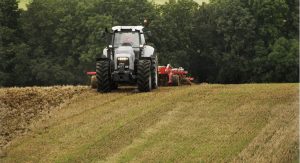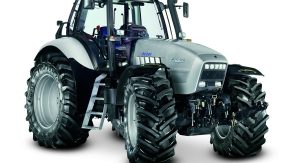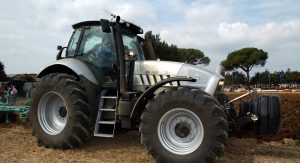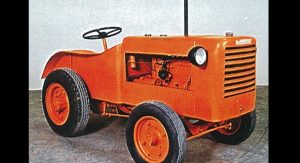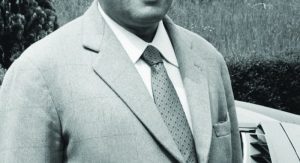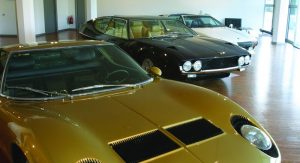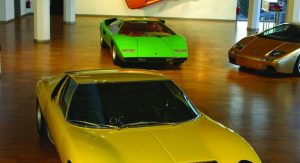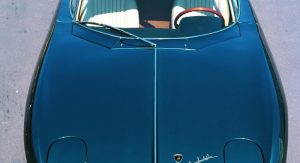The 1963 Turin Auto Show was an event that saw the realisation of a dream that Ferruccio Lamborghini had nurtured for many years. After recruiting a team of talented designers, including Gian Paolo Dallara and Franco Scaglione, and four months of intense work, he presented the world’s first Lamborghini road car, the 350 GTV, to the media.
Although the unveiling was not without hiccups, most notably the absence of an engine, the car was well-received and the legend of Lamborghini road cars was born.
 In the years that have followed, Lamborghini has grown to become synonymous with wealth and luxury. Stars like Jay Leno, Nicholas Cage and Ja Rule all drive Lamborghinis and the cars have been featured in everything from movies to rap videos.
In the years that have followed, Lamborghini has grown to become synonymous with wealth and luxury. Stars like Jay Leno, Nicholas Cage and Ja Rule all drive Lamborghinis and the cars have been featured in everything from movies to rap videos.
Considering the glitz and glamour that often surrounds the vehicles that bear Ferruccio’s name, it may surprise some to learn that Lamborghini himself was a man of humble beginnings and that his bold, charging bulls were born out of a stable that was famous for producing hearty tractors as opposed to exotic supercars.
When car enthusiasts think about Ferruccio Lamborghini, one particular tale is always at the forefront of their minds. It is a story that has been told and retold many times over, with several different variations circulating amongst fanatics.
It began when Lamborghini, whose success as a tractor manufacturer had made him a wealthy man, repeatedly had to travel to Maranello to fix clutch problems in different Ferraris that he owned.
In a 1991 interview with “Thoroughbred and Classic Cars”, Lamborghini recounted the tale in his own words.
“All my Ferraris had clutch problems. When you drove normally, everything was fine. But when you were going hard, the clutch would slip under acceleration; it just wasn’t up to the job,” he stated.
“I went to Maranello regularly to have a clutch rebuilt or renewed, and every time, the car was taken away for several hours and I was not allowed to watch them repairing it. The problem with the clutch was never cured, so I decided to talk to Enzo Ferrari. I had to wait for him a very long time. ‘Ferrari, your cars are rubbish!’ I complained. Il Commendatore was furious. ‘Lamborghini, you may be able to drive a tractor but you will never be able to handle a Ferrari properly.’ This was the point when I finally decided to make a perfect car.”
For Enzo Ferrari, this kind of attitude was nothing new. One of the self-proclaimed agitator of men’s most popular quotes was after all “the customer is not always right.” Ferrari even dedicated a whole chapter in his autobiography, “My Terrible Joys” to his customers, mentioning that some of them seemed to be more concerned with the colour of their Ferrari than the quality of its workmanship.
If Ferrari had known Lamborghini a little better, he might not have brushed his future competition aside so easily. Although the mention of his tractors was likely intended to belittle him, Ferruccio was never ashamed of his humble beginnings.
 Lamborghini’s interaction with the machines not only helped him to hone his mechanical abilities from a very young age, it also sparked his passion for unique innovation. This was a quality that would become a selling-point of the road cars that bore his name and set him apart from other manufacturers in the industry.
Lamborghini’s interaction with the machines not only helped him to hone his mechanical abilities from a very young age, it also sparked his passion for unique innovation. This was a quality that would become a selling-point of the road cars that bore his name and set him apart from other manufacturers in the industry.
Ferruccio Lamborghini was born in 1916 in a small town called Renazzo di Cento, which is located in Emilia Romagna. His parents were farmers and encouraged their son to help them out with the family business, especially when it came to working on the farm equipment that the Lamborghinis owned.
This early brush with machinery instilled in Ferruccio a love of mechanics and as a young man, the future industrialist also nurtured a passion for fast cars and motorcycles.
By the time that the Second World War broke out, Lamborghini had already attended technical school at the Fratelli Tadia institute near Bologna and had earned himself a reputation for being good at fixing things.
After being stationed on the Greek island of Rhodes as a mechanic in the Regia Aeronautica and even completing a stint as a British prisoner of war, Ferruccio was married to his first wife, who tragically died while giving birth in 1947.
Some say that it was while on his honeymoon that the free-thinking Italian first came up with the idea to begin making tractors out of ex-military vehicles when he came across several armoured cars that were about to be destroyed.
Lamborghini Trattori was born in 1948 after Ferruccio created a tractor for his father, Antonio, using spare parts from several different vehicles and a six-cylinder Morris engine.
The first model that Lamborghini assembled was known as the Carioca but the first tractor that was made entirely by Lamborghini in 1950, except for the Morris engine, was called the L33.
By the mid-1950s the Lamborghini Tractor factory in Pieve di Cento, which began by producing only a handful of tractors in 1949, had grown into one of the most successful agricultural equipment manufacturers in Italy.
“Lamborghini Tractors. A different breed,” is the slogan that is currently associated with the manufacturer and it fits, given both the uniqueness of Lamborghini’s machines and of the man himself.
As a Taurean, Ferruccio not only identified with the symbol of a charging bull, he also exhibited several personality traits that have been attributed to people born under the star sign. He was sturdy and determined, remaining down to earth and never losing sight of his roots right up until the very end of his life.
 Ferruccio also prided himself on his approachability, even making tea for journalists who came to interview him at the Tuscan Vineyard where he spent his final years making wine and building a golf course. At the same time, he was not afraid to take chances and his tractors reflected this thirst for advancement.
Ferruccio also prided himself on his approachability, even making tea for journalists who came to interview him at the Tuscan Vineyard where he spent his final years making wine and building a golf course. At the same time, he was not afraid to take chances and his tractors reflected this thirst for advancement.
One of Lamborghini Tractor’s most noteworthy innovations in the agricultural world came in 1966 when its tractors became the first in Italy to be equipped with synchronized transmissions.
In addition to this, the manufacturer’s early customers were particularly fond of the 2R DT model because it was one of the very first tractors with four-wheel drive when it was produced in 1962. The tractors were also known for their low cost of operation, which was a bonus for farmers running their own businesses.
Perhaps one of Lamborghini’s greatest assets was the fact that he had a sixth sense for what people wanted as opposed to simply copying what other companies were doing.
In fact, although the company became part of the Italy-based SAME Deutz-Fahr group in 1972, Lamborghini Tractors continues to pride itself on creating and modifying tractors for the individual needs of its customers.
Visitors to the official Lamborghini museum in Sant’Agata Bolognese are often surprised to find tractors on display but Ferruccio’s glamorous road cars would have never been were it not for his practical machines that helped to form the foundation of both Lamborghini the company and Lamborghini the man.
The next time that you are passing through farm country and see a tractor making its way through a field, make sure that you take a look at the name on its bonnet. You never know when you might be in the presence of a Lamborghini.
By Danielle Blaschuk
VIDEO
PHOTO GALLERY



